High Time For Tea | Tips for an Elegant Afternoon Refreshment
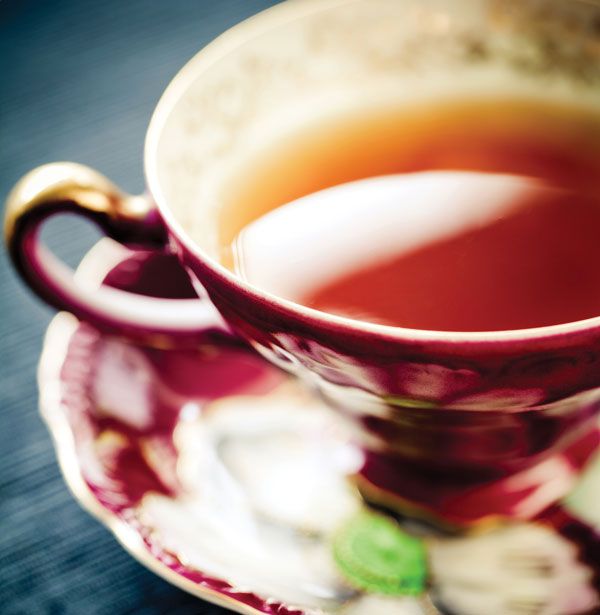
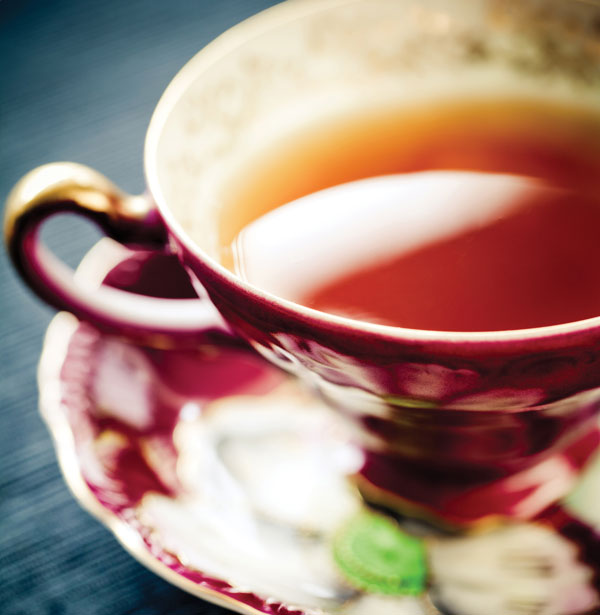
High tea isn’t what most people think it is. In England, high tea is more like dinner—meat, game pies, that sort of thing—served to hungry workers at the end of their day. Afternoon tea, on the other hand, is a more elegant affair. It began when Anna, Duchess of Bedford, got hungry before dinner. In the 1800s, lunch was served around 11 a.m., and dinner was not eaten until everyone had returned from their planned evening activity, at about 8 or even 9 p.m. So Anna began to request a tray of food along with tea in the afternoon to tide her over until dinner. The practice caught on quickly, and afternoon tea was born.
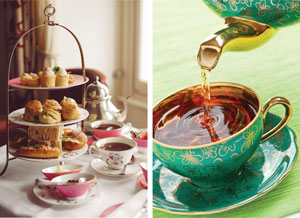 The good news is you don’t need to be a duchess or even have matching china to host a traditional tea. There are many books and articles to guide you in finding menus, recipes, and etiquette for a proper tea. One of my favorites is Carolyn Caldicott’s “Vintage Tea Party,” not only for the beautiful photography, but also the recipes. Meanwhile, here are some guidelines and menu suggestions to get you on your way. You may also purchase english tea sets that you and your friends can use.
The good news is you don’t need to be a duchess or even have matching china to host a traditional tea. There are many books and articles to guide you in finding menus, recipes, and etiquette for a proper tea. One of my favorites is Carolyn Caldicott’s “Vintage Tea Party,” not only for the beautiful photography, but also the recipes. Meanwhile, here are some guidelines and menu suggestions to get you on your way. You may also purchase english tea sets that you and your friends can use.
Tea time
The ideal time for afternoon tea is between 3 and 6 p.m., depending upon when you plan to serve dinner.
Setting the table
- Plates: Appetizer, dessert, or salad plate is the appropriate size. The plates can match or, as many hosts and hostesses do, you can combine a lovely assortment of vintage-inspired pieces.
- Tea cups and saucers: Mix and match—even the cups and saucers can be different patterns. But, no mugs allowed. Check out this delightful porcelain tea set here!
- Serving bowls: If you are including creams and a curd (such as a lemon or lime curd), small glass or crystal bowls make lovely serving dishes.
- Napkins: Linen or high-quality cotton are fitting. A little lace trim wouldn’t hurt, either.
- Tea tray: The tray must be sizable—enough to hold a pot of tea, tea cups and saucers, milk pitcher, sugar bowl, and stirring spoons.
- Tiered tower: This will be the focal point of your table. While there is no official requirement for how many tiers must be on your tower, traditionally there are a minimum of three—one tier for each menu item.
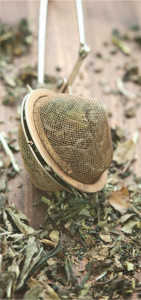
A spot of tea
The proper ratio for a brewed pot of tea is typically two teaspoons of loose tea per cup boiling water, steeped for five minutes. (Tea bags do not generally make an appearance at afternoon tea.) If you are hosting a larger group, consider multiple varieties of tea like spearmint teas.
Watch the water! The longer water boils, the more oxygen it loses, ultimately affecting the taste of your tea. If you are like me and watching water isn’t your forte, try an electric kettle. It will turn off once the water has reached boiling and is ready to be added to the tea pot.
If your guests take milk and sugar, pour the tea in their cup first, leaving room for the additions. It’s traditional to use sugar cubes. Never add milk to the pot of tea—it inhibits the steeping process.
Sample Menu
TEA
- a pot of Darjeeling
- a pot of Earl Grey
SCONES
- cream scone served with a blackberry jam and a lemon curd
- cranberry scone served with a honey-flavored double cream and a fig jam
FINGER SANDWICHES
- a slice of baguette topped with chive cream cheese and smoked salmon
- roasted turkey breast with cranberry mayonnaise, served on a biscuit n three-cheese bread with melted goat cheese, sharp cheddar, and mozzarella
DESSERT
- petit fours
- chocolate or fresh fruit tart
- opéra cake
Menu notes
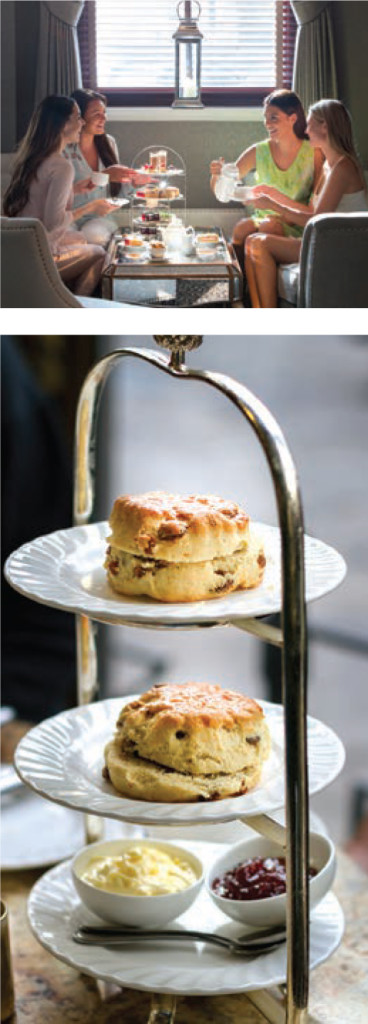
A traditional tea generally consists of a mixture of sweet and savory items. For a small tea, one from each category is suitable. For a larger function, you can make multiple varieties from each category. The three typical elements of afternoon tea are:
- Scones: Served with a jam, a curd, and some sort of cream. Scones can be infused with herbs such as thyme or rosemary, or contain dried fruits, such as cranberries. Raspberry jam, lemon curd, and clotted cream are popular toppings. Clotted cream, a thick cow’s milk cream, is traditional; however, it can be difficult to find in the United States. A suitable substitute would be either crème fraîche (found in the cheese section of most markets) or an unsweetened whipped double cream, which can be made by whisking heavy cream until thick.
- Finger sandwiches: While the classic cucumber sandwich is most welcome at tea, also consider finger sandwiches with smoked salmon and cream cheese, or ham.
- Dessert: An elegant dessert is de rigueur at tea—after all, it was a duchess who spearheaded the whole concept. Think a beautiful chocolate tart or even the extravagant Opéra cake, an elaborate, six-layer dessert filled with alternating layers of almond sponge, coffee buttercream, and chocolate ganache.
afternoon tea, Current Issue, dessert, elegant, finger sandwiches, scones, tea






